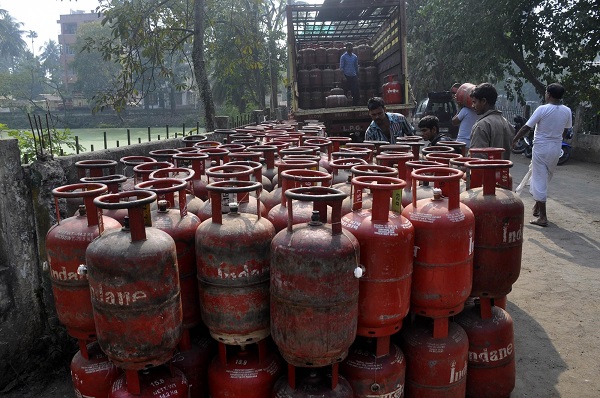New Delhi, The government has decided against giving the power sector priority access to cheaper domestic gas. The petroleum ministry is finalising a note for the Cabinet on gas sector reforms which among other things proposes to restrict allocation of limited domestic gas for fertiliser, city gas distribution (CGD) and production of LPG.
Sources said that the oil ministry note has also proposed setting up gas exchange platform in the country while ending conflict of interest in the operations of gas utility GAIL by separation of its pipeline operations into a separate independent subsidiary.
“A lot is at stake for the country’s energy sector as we move towards developing a gas economy. There is a need to clearly identify the priority areas for allocation of domestic gas that remains in short supply while allowing other sectors to actively shift to market-based mechanism of sourcing the green fuel,” said a government official not willing to be named.
The proposal to end power sector’s access to cheaper domestic gas stems from the fact that local fuel remains insufficient to meet the need of even the existing capacity and power producers necessarily have to import LNG to meet their requirements. In such a scenario, it is felt that power sector could meet its needs through market participation and imports and if that means increasing the power tariff, so be it. Also, if the state governments want to subsidise power tariff, that could be done through a transfer subsidy transfer mechanism directly to consumers.
For fertiliser, CGD and LPG its felt that priority allocation of domestic gas is required to keep the government’s subsidy level low while allowing famers to get uninterrupted supplies of fertiliser at remunerative prices. Government also feels that lower price of fuel under CGD projects would allow bigger shift of people to cleaner fuel.
Domestic gas prices in the country are determined on the basis of a government-determined formula and works out cheaper than liquefied natural gas (LNG).
The proposal on creation of gas trading hub hinges on setting up a national gas exchange that allows providing competitive market-driven pricing for gas. The gas exchanges are expected to work on the lines of power exchanges, which determines the price based on supply and demand and market forces. The gas exchanges would also help small consumers to get short term supply of fuel at competitive rates.
While long-term gas supply agreements are inked currently and these also are covered under regulations, short-term gas agreements are non-existent in the Indian market, gas exchanges are expected to change this.
The other proposal on separating GAIL’s pipeline business into a subsidiary is aimed at preventing conflict of interest seeping into the latest reform initiative where a gas provider and seller is also the main transporter of the fuel.
Unbundling of GAIL is required for a uniform and competitive gas market as the PSU currently has the monopoly both in terms of marketing and transportation of gas. This creates conflict of interest and affects discovery of competitive gas pricing.
The government is hoping to raise the share of natural gas in the country’s energy mix to 15 per cent by 2030 from current 6 per cent. It is also planning to double its gas pipeline network and gas import terminal capacity over the next few years.










